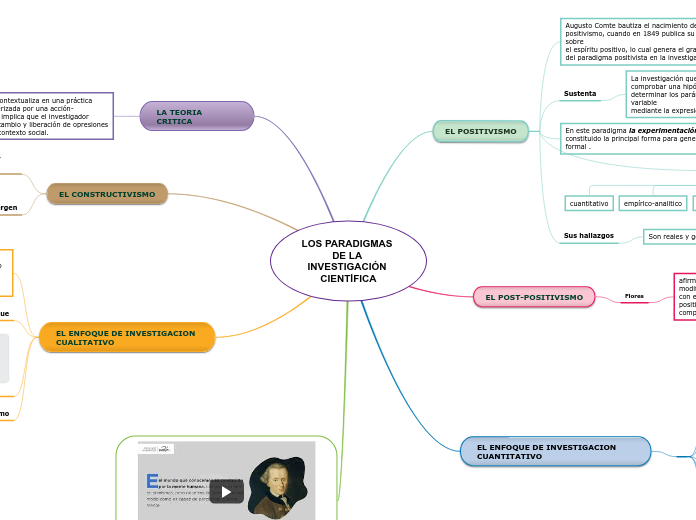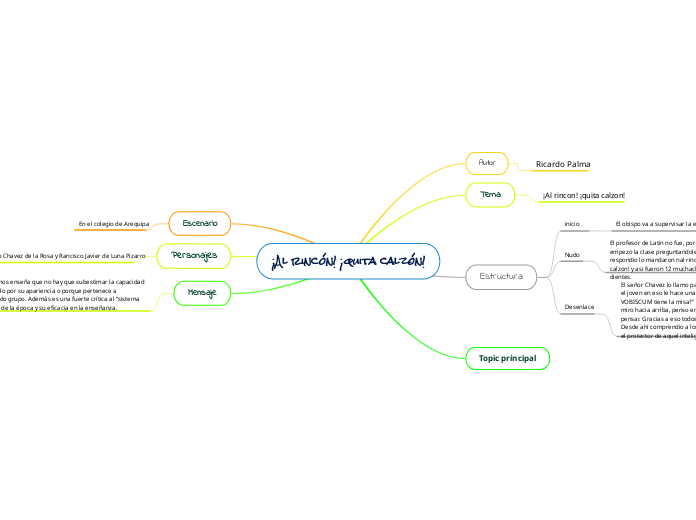PARADIGMAS EN LAS CIENCIAS SOCIALES
The first division between continents was made by ancient Greek navigators, who named them 'landmass, terra firma'.
Generally classified by convention rather than any strict criteria, nowadays seven regions are regarded as continents from a geopolitical point of view.
ORIGENES DE LAS CIENCIAS SOCIALES
You can find on this continent:
- the world's largest river as per water volume, the Amazon.
- the highest volcanoes of the world -- Mt. Cotopaxi and Mt. Chimborazo.
- the country, Brazil, which is the largest coffee producer in the world.
- the second-highest mountain range in the world, the Andes.
Preeminencia de las Ciencias Naturales
The world's largest snake and the second-longest lives here.
Name this snake as well as other animals that can be found in South America.
Cambios sociales, políticos, culturales
The largest forest, which covers 30% of South America's total area, is famous for its biodiversity. It’s crisscrossed by thousands of rivers, including the powerful Amazon.
Name this forest as well as its type.
Europa Occidental
The world's highest uninterrupted waterfall can be found here.
Write down its name, height and the country in which you can find it.
There are 12 countries that make up South America.
Name as many of you can! Don't forget about their capitals.
DISCUSIÓN SOBRE CIENTIFICIDAD
North America has five time zones and it is the only continent with every type of climate.
North America was named after the explorer Amerigo Vespucci and is also known as the 'New World'.
The world's largest sugar exporter among the seven continents - Cuba - also called the 'sugar bowl of the world' is located here.
¿Qué criterios considerar para llamarlas ciencias?
Native Americans have lived along this river and its tributaries for thousands of years. Most were hunter-gatherers, but some formed agricultural societies.
Formed from thick layers of the river's silt deposits, this river's embayment is one of the most fertile regions of the United States; steamboats were widely used in the 19th and early 20th centuries to ship agricultural and industrial goods.
Name this river.
¿Qué métodos adopta?
The world's largest freshwater lake by surface area and the third-largest freshwater lake by volume can be found here. It provides a route for the transportation of iron ore, as well as grain and other mined and manufactured materials.
Large cargo vessels called lake freighters, as well as smaller ocean-going freighters, transport these commodities across this lake.
Name this lake.
¿Qué las convierten en ciencias?
There are 23 countries that make up North America.
Name as many of you can! Don't forget about their capitals.
TEÓRIA CRÍTICA
Australia is the world's smallest continent and is also known as an 'island continent' as it is surrounded by water on all sides.
It includes 14 countries and it is the least populated continent.
Its name comes from the Latin word 'australis' meaning 'southern' because it lies entirely on the south of the equator.
Objetivo: construcción de conocimiento emancipador, que supere la injusticia social
Australia is home to some animals that can't be found anywhere else in the world.
Name at least 6 of these unique animals.
Criticas al positivismo
The largest sandstone monolith can be found here and it is one of Australia's most recognizable natural icons. It is the largest monolith in the world.
Name this rock and write down one of the characteristics it is famous for.
Cosificación de la sociedad
Método de las Ciencias Naturales
The largest coral reef can be found here.
Name this coral reef, add its length and mention what type of coral is it.
Marcuse
Adorno
Horkheimer
Out of 14, how many countries you can name?
How about these countries' capitals?
ALEMANIA: Escuela de Frankfurt
RACIONALISMO CRITICO
Of the seven continents of the world, Africa is the second largest.
Africa comprises 54 countries and it is the hottest continent.
The equator passes through the middle of Africa and it receives direct sunlight throughout the year.
The world gets 66% of its chocolate, 50% of the gold and 95% of the diamonds from Africa.
Concepción de hipótesis
What are the major animals found in Africa?
Also, there are a few species that can be found only in Africa.
Name at least 6 of these animals.
Son provisionales
Deben resistir los intentos de falsación, solo asi serán aceptadas.
Método científico
The largest hot desert in the world which used to be a lush region with many plants and animals.
The current climate makes it a difficult place for any life to exist. It is hot, dry, and windy.
Very hot during the day but the temperature can drop sometimes to below freezing at nights.
It rarely rains, some regions can go years without seeing a drop of rain.
Name this desert.
BASADO EN LA FALSACIÓN: "en vez de comprobar que si es, es necesario comprobar que no es"
MÉTODO DE LAS CIENCIAS NATURALES
Critica al positivismo
The world's longest river can be found here, famed for its ancient history and the archaeological sites along its shores.
This river gave rise to the early Egyptian civilization.
Name this river and add its length.
Método inductivo
" No se pueden someter empiricamente cada afirmación"
Out of 54, how many countries you can name?
How about these countries' capitals?
K. Popper
Austria
POSITIVISMO LÓGICO
Asia is the world's largest continent of the seven continents in size, as it covers one-third of the earth's surface.
It includes 50 countries, and it is the most populated continent, 60% of the total population of the Earth lives here.
Oposición a la metafísica(propio del positivismo del XIX.
What are the major animals found in Asia?
Name at least 4 of these animals.
Name
Resurgimiento de la Lógica
The only man-made structure that can be seen from space is located here.
Name this construction and add other facts about it.
Verificación empírica: TODA AFIRMACIÓN SE DEBE SOMETER A VERIFICACIÓN
Análisis lógico del lenguaje, construcción de un lenguaje científico único.
Asia houses the highest point on earth.
Name this summit and write down how tall it is.
Carnap
Russell
SIGLO XX
Name as many as you can out of the 48 countries located in Asia.
Write down the capitals too.
AUSTRIA
POSITIVISMO
Europe is separated from Asia by the Ural mountains and the Caspian Sea.
It is surrounded by water on three sides: Mediterranean Sea in the south, Atlantic Ocean in the west, and the Arctic Ocean in the north.
Three-fourth of the world's potatoes grow in Europe.
Objetivo: búsqueda de explicaciones causales ¿PORQUÉ?
Europe has many exceptional animals, birds, and reptiles with unique methods of staying and hunting.
Name at least 4 of them.
Name
MONISMO METODOLÓGICO: Ciencias Naturales
Europe is a large region, with several major rivers that connect its many countries. There are five primary rivers in Europe, and one of them flows through 10 countries, more than any other river in the world.
Name these rivers.
Todo se debe someter a experimentación: OBSERVACIÓN
Pretensión de objetividad
Autores
Europe is one of the smallest continents, yet it is home to some of the largest mountain ranges.
About 20% of the total landmass of the continent is considered mountainous.
Name the 5 longest mountain ranges in Europe.
Mill
Comte
SIGLO XIX
The most beautiful cities in the world can be found in Europe. History, architecture, arts, and famous cuisine is representative almost to each country.
Out of 51 countries how many you can name?
And how many capitals?
INGLATERRA
FRANCIA









